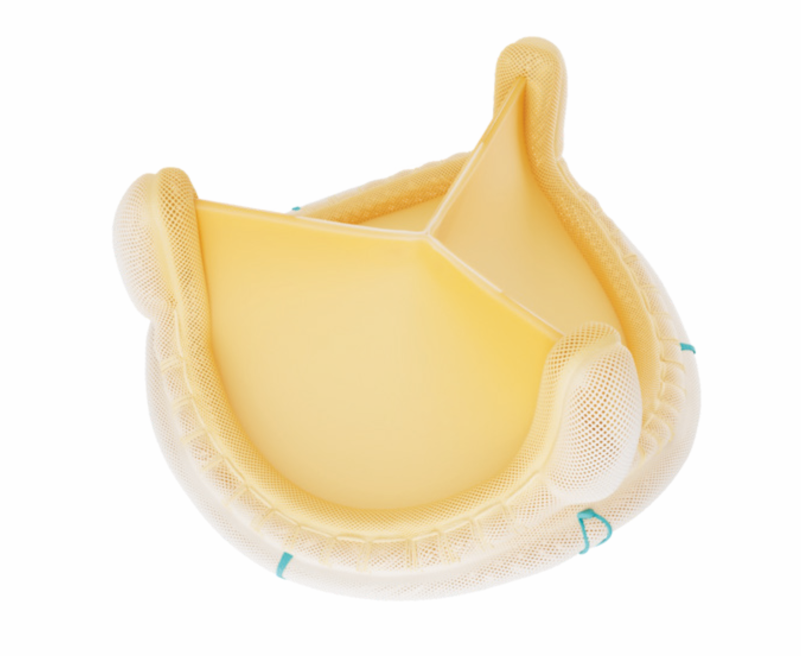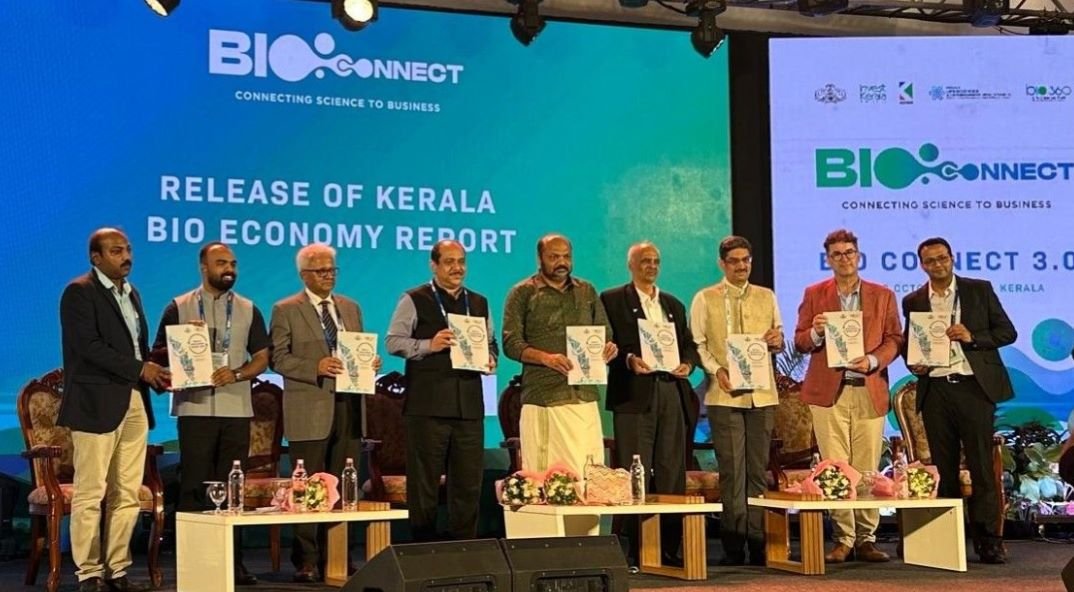Navigating CDSCO's New Application Policy for cosmetics: The 50-Product Limit Explained
May 05, 2025 | Monday | Views | By Saba Anjum, Junior Associate, Consumer - Cosmetics, Freyr Solutions
Introduction of the 50-product cap strategically addresses the increasing volume of applications in the rapidly growing cosmetics sector
In India, the Central Drugs Standard Control Organization (CDSCO) regulates cosmetic products under the Drugs and Cosmetics Act 1940 and the Cosmetics Rules 2020. All cosmetic products—whether imported or locally manufactured—must comply with registration, labeling, and safety requirements before entering the market.
For imported cosmetics, brand owners must register each brand and product category (e.g., creams, lotions, masks) with the CDSCO. This process involves submitting Form COS-1 through an authorized Indian agent and documentation such as a Free Sale Certificate (FSC), product specifications, Letter of Authorization (LOA), and other necessary documents. Previously, there was no limit on the number of products per application, but each product and variant had to be distinctly listed. Registration Certificates are valid for five years upon approval.
Effective August 16, 2024, the CDSCO has introduced a new guideline through the SUGAM portal, capping each application at a maximum of 50 products. Companies can still submit multiple applications for additional products. This change aims to streamline the registration process and enhance efficiency while aligning with the Cosmetics Rules, 2020. This editorial explores the rationale, benefits, and challenges associated with this policy shift to help stakeholders adapt to the updated requirements.
Understanding the Policy Change
The CDSCO’s 50-product limit per application is designed to optimize the cosmetics registration process in India. By capping submissions to a manageable number of products, the CDSCO aims to reduce processing times and improve the quality of reviews. This adjustment addresses the increasing volume of applications in India's rapidly expanding cosmetics market, allowing for a more efficient and thorough examination of each submission.
This policy is part of the CDSCO’s broader mission to reinforce regulatory compliance across the industry, ensuring that products meet stringent safety and quality standards. By expediting market entry for compliant products, the CDSCO establishes a more accountable framework that minimizes risks associated with unregulated or inadequately documented products. Overall, this initiative advances the CDSCO's commitment to public health by enforcing higher standards and bolstering the credibility of cosmetic products available to Indian consumers.
Rationale Behind the 50-Product Limit
The introduction of the 50-product cap strategically addresses the increasing volume of applications in the rapidly growing cosmetics sector. The CDSCO faces the challenge of processing a high number of submissions while upholding rigorous quality control standards. This new policy enables the organization to focus its resources more effectively, leading to reduced processing delays and enhanced application reviews.
By limiting the number of products submitted in a single application, the CDSCO can ensure each application receives the necessary attention. This approach not only improves processing times but also fosters a streamlined review process, ultimately facilitating quicker market access for compliant products. Furthermore, this limit aligns with the CDSCO’s commitment to upholding the Cosmetics Rules, 2020, which emphasize safety and quality. By preventing an overwhelming influx of applications, the CDSCO safeguards public health and consumer trust in available cosmetic products. Thus, this policy reflects a proactive step toward balancing industry growth with regulatory diligence.
Benefits of Streamlined Applications
Efficiency in Processing Limiting the number of products per application allows for a more focused review, reducing bottlenecks in evaluation and leading to more efficient resource allocation within the CDSCO.
Improved Quality Control: A manageable application size enables thorough scrutiny of each product, reinforcing safety and efficacy standards to ensure compliance before market entry.
Timely Disposal of Applications: A cap provides applicants with quicker responses, facilitating faster product launches and enabling companies to respond more agilely to market demands.
Enhanced Clarity in Documentation: With fewer products to evaluate simultaneously, the chances of documentation errors or inconsistencies are minimized, resulting in a more straightforward application process.
Facilitation of Compliance Training: A streamlined process can serve as a learning opportunity for companies to better understand compliance requirements, leading to improved quality in future applications.
Encouragement of Strategic Planning: Companies may prioritize product launches and submissions more thoughtfully, leading to a more strategic approach to market entry.
Support for Regulatory Transparency: Clearly defining application limits enhances transparency in the regulatory process, allowing stakeholders to better understand submission requirements and fostering trust and collaboration.
Challenges for Stakeholders
While the new 50-product limit offers notable advantages, it also presents challenges for stakeholders in the cosmetics industry. Companies accustomed to submitting large batches of products in a single application must adapt to this segmented approach, impacting their operational processes.
Administrative Adjustments: Transitioning to a model that limits products per application necessitates re-evaluating existing administrative workflows. Businesses may need to implement new systems to manage multiple applications effectively, leading to potential disruptions during the adjustment period.
Increased Resource Demands: The segmented approach may require additional resources in terms of personnel and technology. Companies may need to hire more staff or reassign existing employees to handle the increased workload, which can strain smaller businesses with limited budgets.
Potential for Increased Costs: Managing multiple applications could lead to higher operational costs, including additional fees for separate submissions and potential consulting services to navigate the new requirements. Companies must carefully consider budget allocations for these changes.
Maintaining Consistency: Ensuring consistency across multiple submissions is critical. Stakeholders must establish robust internal checks to guarantee adherence to standards, as inconsistencies could result in delays or rejections.
Communication Challenges: Clear communication between stakeholders, including regulatory authorities and internal teams, is essential. Miscommunication can lead to confusion and delays, especially when different teams manage separate applications.
Navigating Regulatory Changes: Staying informed about ongoing changes in the cosmetics regulatory landscape requires a commitment to continuous learning and adaptation, which can be challenging in a fast-paced market.
Overall, while the new policy aims to enhance the registration process, stakeholders must be prepared to face these challenges head-on. By adopting proactive strategies and investing in resources, companies can effectively navigate this transition and thrive in the evolving cosmetics market.
Conclusion
The CDSCO's implementation of the 50-product limit marks a significant shift in the cosmetics registration landscape in India. This policy is designed to streamline the application process, enhance regulatory compliance, and improve the overall quality of cosmetic products entering the market. While the new limit offers benefits such as increased efficiency and quicker processing times, it also poses challenges for stakeholders accustomed to submitting large batches of products.
Companies must adapt to a more segmented approach, requiring adjustments to workflows, resource allocations, and strategic planning. Successfully navigating these challenges depends on the industry's willingness to embrace transparency, maintain clear communication, and invest in training and resources.
As the cosmetics market continues to grow, collaboration among stakeholders—including regulatory authorities, manufacturers, and consumers—will be crucial for ensuring compliance and safety. By proactively addressing the challenges associated with this new policy, stakeholders can contribute to a more robust regulatory framework that prioritizes public health and consumer trust. Ultimately, the 50-product limit represents not just a regulatory change but an opportunity for the cosmetics industry to enhance its standards and practices, fostering a safer and more competitive market for all.
Saba Anjum, Junior Associate, Consumer - Cosmetics, Freyr Solutions









